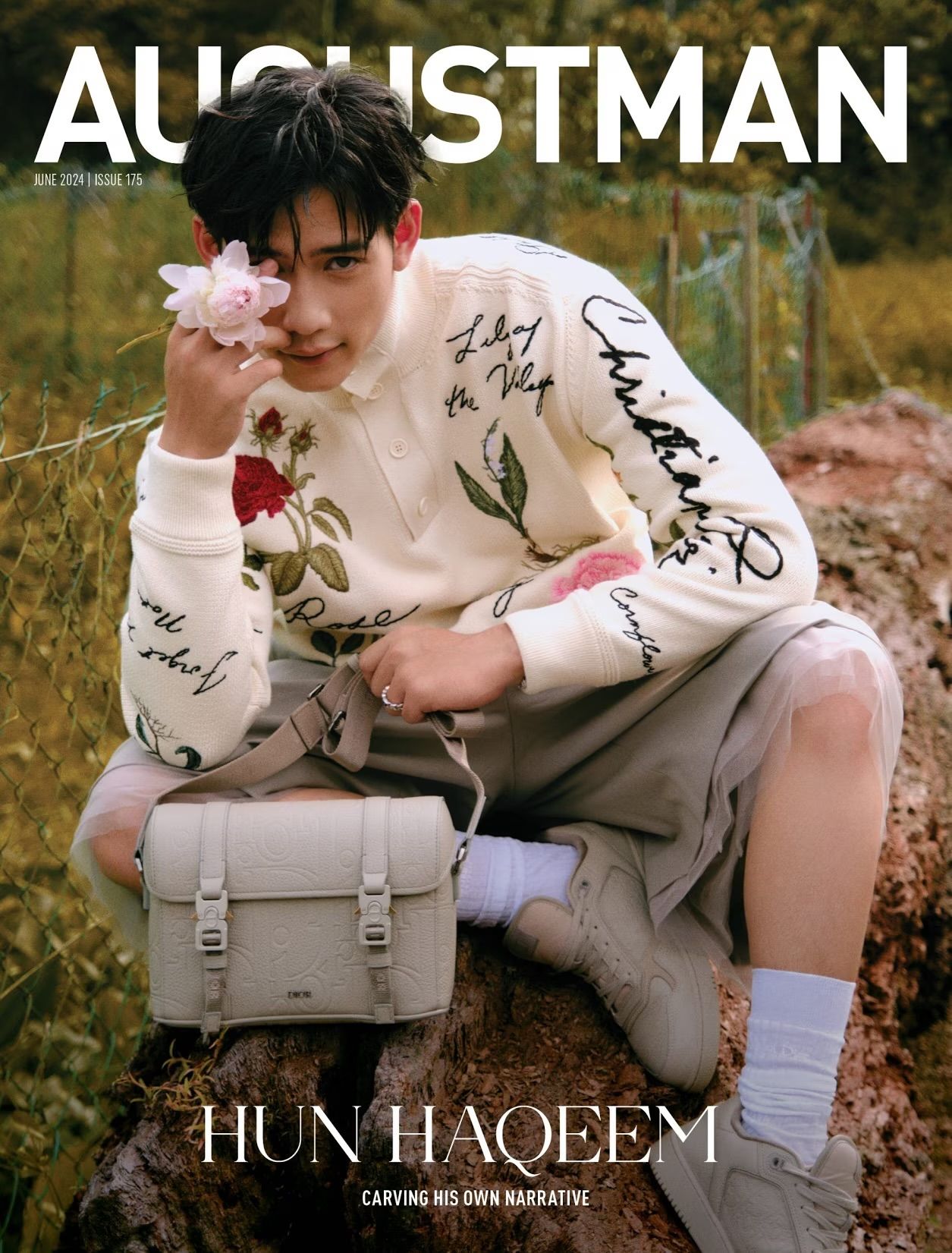Some people know their life’s calling from a young age. Others are born into it. But for Tan Mui Pin, it’s a mixture of stumbling into a family business that’s spanned over the decades. Her craft? Leather restoration.
“One big difference between restoration and leatherwork in general is that the latter involves templates that can be replicated over and over – say like creating a hundred wallets for a client. Restoration, on the other hand, is an intuition-based craft. Everything is done on a case-by-case basis. There are no manuals or clear paths to solving problems. And while we work on the same material, the approach is wildly different,” Tan said.
Such is the way of Tan’s vocation, and she’s been restoring leather for seven years now, after spending 13 years in the PR industry. And she’s since helped with the family business, Leather Biz Care & Restoration.

“Perhaps it was my sabbatical from public relations that allowed me to appreciate this craft. Because prior to that, I had no interest in it at all. But my late father’s passion for the business stirred something in me.
“I had planned to explore this work for a year, and towards the end of the year, something clicked. I enjoyed seeing the delight of customers’ faces when they see their favourite items restored, and I loved working with items that had a lot of history behind them. That’s when I knew I would never go back into PR.”
So Tan started her apprenticeship by first observing her father’s work. Then she took on basic skills such as cleaning the thousands of stitches on a bag. Next it was on to cleaning hardware. The technical work would come later, such as edging or colour mixing.
“The hardest thing to master when it comes to restoration is the art of colour mixing. This is when we restore faded patches or colours on leather goods, which has to be as close to perfect as possible, because it’s so easy to spot any mismatch in colours. For instance, black isn’t just black. There are endless variations of black alone.”
“And even the tiniest things like restoring the product under different lighting can affect the final result. But there’s no other way around it. The only way you get better at colour mixing is by getting the experience,” Tan said.

Besides experience, patience is also a key factor in leather restoration. There are some steps that just can’t be rushed. If it takes a day for a certain treatment to cure, there’s no accelerating the process.
It’s not just the waiting but the processes themselves that require patience. When re-stitching, one wrong move can botch the entire operation, making it important to get everything right from the get-go.
Again, the mastery of these skills come from experience. And there’s no one way to go about it. Tan adds that while she always does her best for each client, her true goal is to get each item to its original state and not just blindly cover up the flaws.
“It’s a balance, because if you try and make an item too vibrant, it might not be true to its original form. But if you don’t do enough, it won’t look like it’s restored in the first place.”
An added challenge is that no two circumstances are ever the same. Clients can bring in the same bag, but the condition and use cases of the items can vary widely. One could be an everyday piece that the client always carries with them, while the other could’ve been stored in a cupboard and covered in mould.
In many ways, Tan’s craft mimics the daily rigours of life. There can be similarities between the days, but every moment is different, tailored to each specific person. And sometimes, the best approach is to take each day on a case-by-case basis.
WORDS Stuart Danker PHOTOS Raja Mokhzairi



